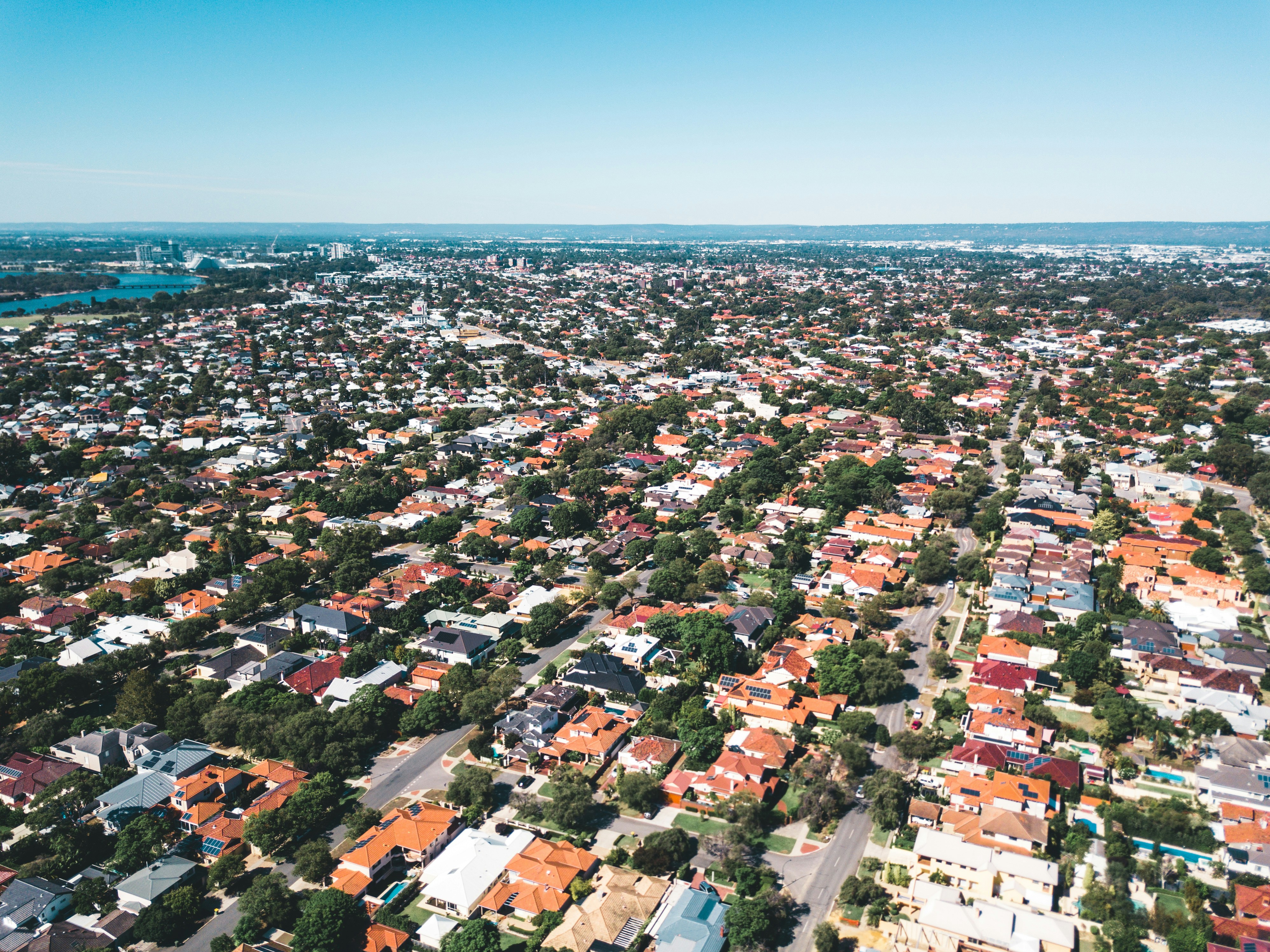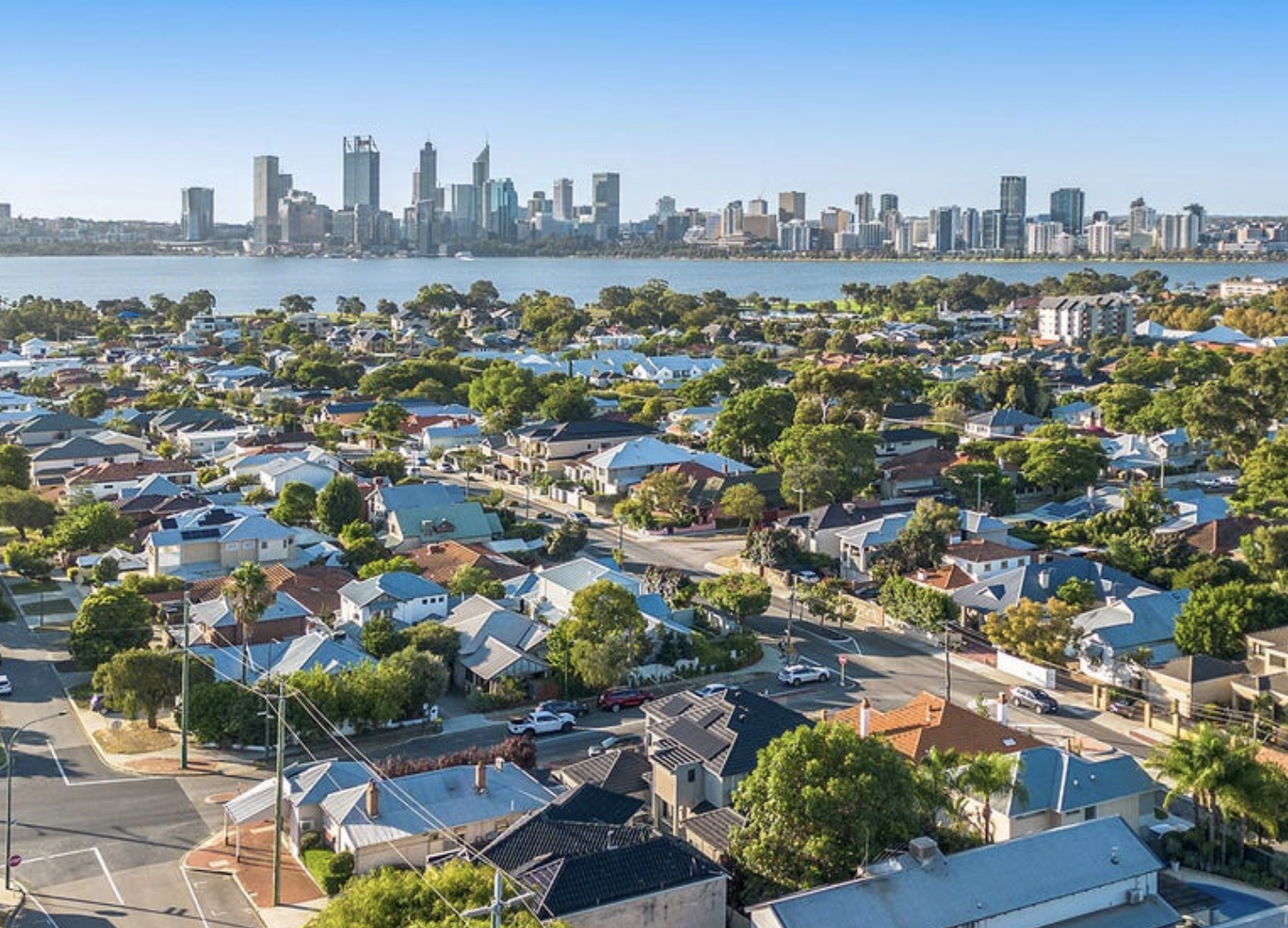Australian property values have hit a new all-time high just one month after the RBA's historic February rate cut, with national values up 0.4% in March. Melbourne has surprisingly emerged as one of the strongest performers, while auction clearance rates remain robust despite increasing volumes.
Key Highlights
- RBA held rates at 4.1% in April, but markets expect three more cuts this year
- National home values rose 0.4% in March to a record median of A$820,331
- Melbourne property values increased 0.5%, outpacing Sydney's 0.3% growth
- Auction volumes reached 2,905 last week – the highest since October 2024
- Preliminary clearance rates moderated to 66.1% but remain above late-2024 levels
National Property Values Surge to New Heights
The latest CoreLogic data confirms what many property investors have been feeling on the ground – Australian home values have reached unprecedented territory, completely erasing the brief downturn experienced in late 2024.
The national Home Value Index increased by 0.4% in March, marking the second consecutive month of growth following a short three-month decline where values dipped just 0.5%.
What's particularly encouraging for investors is the broad-based nature of this recovery:
- Every capital city except Hobart posted gains
- All rest-of-state regions recorded positive growth
- Darwin led the capitals with a strong 1.0% monthly gain
- Melbourne (0.5%) has now seen two consecutive months of growth after ten months of decline
- Sydney (0.3%) continues its recovery but remains 1.4% below its record high
- Hobart was the only capital to decline (-0.4%)

"Improved sentiment following the February rate cut is likely the biggest driver of the turnaround in values, along with the cut's direct influence of a slight improvement in borrowing capacity and mortgage serviceability," said Tim Lawless, research director for CoreLogic, which will soon rebrand to Cotality.

Rate Cut Psychology More Powerful Than Numbers
The February rate cut – Australia's first in over four years – has triggered both tangible and psychological impacts on the market. While the 25-basis point reduction only reduced mortgage repayments on a $500,000 variable rate loan by approximately $81 per month, its effect on buyer confidence has been substantial.
The market response includes:
- Consumer sentiment jumping to a three-year high in March (Westpac/Melbourne Institute index)
- Mortgage applications surging 25% year-on-year in March (Mortgage Choice)
- Auction clearance rates consistently above 65% since the cut
This surge in financing activity suggests the market recovery is supported by concrete buyer commitments rather than just sentiment – a positive indicator for sustainable growth.
Auction Markets: Volume Climbing, Clearance Rates Moderating
The past week marked the busiest period for auctions since October 2024, with 2,905 properties taken to auction across the combined capitals. However, the preliminary clearance rate moderated to 66.1%, indicating buyers are becoming more selective as volumes increase.
Melbourne Auction Activity:
- 1,382 homes taken to auction (second-highest volume this year)
- Clearance rate dropped to 67.2% (down 3.4 percentage points from previous week)
- Still outperforming late-2024 levels when rates were in the low 60% range
Sydney Auction Performance:
- 1,122 auctions held (highest since September 2024)
- Clearance rate fell to 65.5% (continuing down from mid-February peak of 76.6%)
- Buyers becoming more price-sensitive as volumes increase

While the moderation in clearance rates might initially appear concerning, it represents a healthy normalisation as the market absorbs increased seller activity rather than a reversal of the recovery trend.
Sydney & Melbourne Revival vs. Mid-Sized Capital Slowdown
One of the most significant shifts in market dynamics is the changing leadership among capital cities. After years of outperformance by Brisbane, Perth, and Adelaide, the market tide appears to be turning.
Sydney & Melbourne:
- Both cities now showing two consecutive months of growth
- Melbourne values still 5.6% below March 2022 peak (potential upside)
- Premium segments outperforming, showing strongest sensitivity to rate cuts
Mid-Sized Capitals:
- Perth values now slightly below (-0.05%) October 2023 peak
- Growth pace slowing noticeably in Brisbane and Adelaide
- Affordability advantages diminishing after substantial gains (Perth up 75.4% since March 2020)
This rotation from mid-sized capitals back to Sydney and Melbourne may present strategic opportunities for investors looking to capitalise on the relative value still available in these larger markets, particularly Melbourne.
Market Drivers: Multiple Factors Supporting Continued Growth
Several fundamental factors appear supportive of continued property value growth through 2025:
1. Monetary Policy Outlook
- RBA held at 4.1% in April as expected
- Markets pricing three more rate cuts to 3.35% by year-end
- April 30th quarterly inflation data will be crucial for May rate decision
- Cash rate likely to remain above neutral (2.9%) throughout 2025
2. Economic Factors
- Cost of living relief measures supporting household budgets
- RBA forecasts 2.5% growth in household disposable incomes for 2025
- Unemployment remains low at 4.1% despite February "speed wobbles"
- Household saving ratio showing consistent improvement
- Westpac/Melbourne Institute consumer sentiment index bounced to a three-year high in March
3. Supply Constraints
- Building approvals up 6.3% nationally in January, but declining in NSW (-0.8%) and Victoria (-1.2%)
- Construction costs remain elevated, compressing developer margins
- Skilled trade shortages continuing to limit new supply
- Limited new stock supporting price growth in established areas
Affordability: The Primary Market Headwind
Despite the positive momentum, affordability remains the most significant challenge for sustained property growth. The national dwelling value to household income ratio is hovering at record highs of 8.0.
As Tim Lawless notes: "With the rate-cutting cycle expected to be drawn out, it will be interesting to see if this positive inflection in values can last in the face of affordability constraints."
Industry leaders have highlighted financing challenges:
- "Access to finance is one of the most significant barriers holding back more Australians into housing." – Jocelyn Martin, HIA Managing Director
- "Demand side support measures can be important, but so too are measures to free up supply and get more homes built for all Australians." – Australian Banking Association spokesperson
- "NAB supported the consideration of a lower serviceability buffer for first-home buyers. We believe this change would provide modest but meaningful support to help more first-home buyers enter the market." – Andy Kerr, NAB Personal Banking Boss
Election Housing Policies: Labor vs. Liberal Approaches
With a federal election scheduled for May 3rd, housing affordability has become a central policy battleground, with starkly different approaches from the major parties:
Labor Party's Current Approach:
- $33 billion committed to housing initiatives
- $10 billion Housing Australia Future Fund to build 30,000 social/affordable homes
- Help to Buy program (government contributes up to 40% of purchase price)
- $54 million for prefabricated housing construction
- Two-year ban on foreign buyers purchasing existing homes (from April 1, 2025)
Liberal Party's Alternative:
- $5 billion for "critical enabling infrastructure" to unlock 500,000 new homes
- Allow first-home buyers to withdraw up to $50,000 from superannuation
- Propose reducing APRA's serviceability buffer from 3% to 2.5%
- 25% cut to permanent migration (from 185,000 to 140,000 annually)
- 10-year freeze on National Construction Code changes
Analysis by Canstar suggests the proposed serviceability buffer reduction would only boost borrowing capacity by about $20,000 for an average income earner ($103,024), highlighting the limited impact of some proposed measures by the Coalition.
Key Differences

Strategic Opportunities for Property Investors
For savvy property investors, the current market presents several compelling strategic considerations:
1. Melbourne's Value Proposition
- Still 5.6% below previous peak despite recent growth
- Leading monthly gains among capitals (0.5% in March)
- Established suburbs with limited new supply offering relative value
2. Premium Market Recovery
- High-end properties in Sydney and Melbourne showing strongest response to rate cuts
- Increasing gap between premium and affordable segments may present targeting opportunities
- Previously underperforming premium areas showing signs of revival
3. Yield-Focused Approach
- With prices at record highs, strong rental yields crucial for investment viability
- Supply-constrained areas with robust rental demand offering best combination of yield and growth potential
- Established middle-ring suburbs with good transport and amenities maintaining tenant appeal
"In today's market environment where property values are reaching new highs, cash flow considerations become increasingly important," notes Godfrey Dinh, CEO of Futurerent. "Savvy investors are targeting areas where supply remains structurally constrained but rental demand continues to grow. We're seeing particularly strong performance in established middle-ring suburbs with good amenities and transport connections, where both yield and capital growth potential remain attractive despite the broader affordability challenges."
4. Strategic Timing Advantages
- Early stages of rate-cutting cycle historically favourable for property investment
- Window of opportunity before further cuts drive increased competition
- Current "transitional" market phase offers potential for both yield and growth
5. Regional Selectivity
- Regional markets maintaining resilience
- Areas with infrastructure investment and employment growth outperforming
- Lifestyle regions within commuting distance of capitals showing sustained demand
Looking Ahead: Strong Growth Momentum Set to Continue
Australia's property market has demonstrated remarkable resilience, recovering to new record highs just one month after the first rate cut in four years. The psychological impact of this cut has been even more significant than its direct financial effects, rekindling buyer confidence and activity across most markets.
Economist Eleanor Creagh from PropTrack confirms this sentiment shift: "It's really likely that sentiment has played a role here in terms of the rebound in prices, given that spending decisions are also governed by sentiment and confidence."
As we progress through 2025, the outlook appears cautiously positive, with further rate cuts likely to provide additional support to property values. CoreLogic notes several factors supporting continued growth:
- Lower interest rates (though still above neutral levels)
- Cost of living relief measures
- Continued real growth in household disposable incomes (RBA forecasts 2.5% in 2025)
- Tight labour markets (unemployment at 4.1%)
- Constrained new housing supply
However, investors should remain mindful of affordability constraints and potential market headwinds, including:
- Elevated interest rates compared to historical norms
- Potential policy shifts following the May election
- Moderating auction clearance rates as volumes increase
For investors, success in this evolving market will depend on strategic targeting rather than a broad-brush approach. Markets with strong fundamentals – limited supply, robust rental demand, and positive demographic trends – will likely outperform regardless of broader market movements.
How Futurerent Can Help You Capitalise on Current Opportunities
As the property market continues its recovery trajectory, strategic investors are positioning themselves to capture emerging opportunities before further rate cuts drive increased competition and prices.
"The window for countercyclical investing in markets like Melbourne may be closing faster than many realise," warns Godfrey Dinh, CEO of Futurerent. "With the first rate cut already driving values to new record highs nationally, and further cuts likely through 2025, investors who move decisively now can position themselves ahead of the broader market. We're seeing our most successful clients focus on either acquiring properties in rebounding markets or upgrading existing properties to maximise returns while financing conditions continue to improve."
Futurerent enables property investors to:
- Access up to $100,000 per property (maximum $500,000 across your portfolio)
- Move quickly on high-potential properties before further price growth
- Renovate existing properties to maximise rental returns in a competitive market
- Maintain cash buffers while still expanding your portfolio
- Bridge the financing gap while traditional lenders adjust to the changing market
Contact our team today to discuss how we can support your investment strategy in this evolving market landscape.












